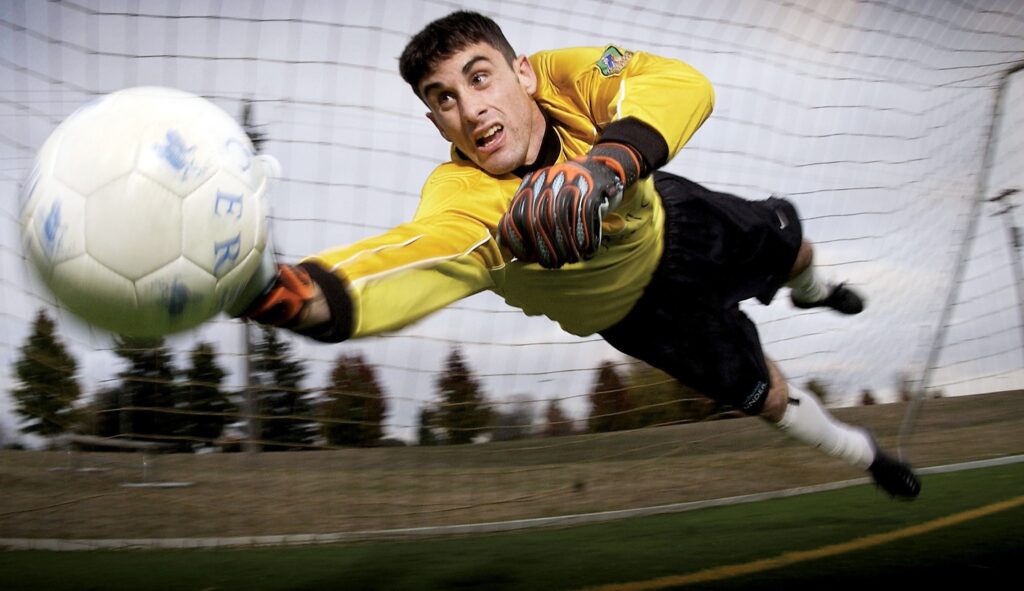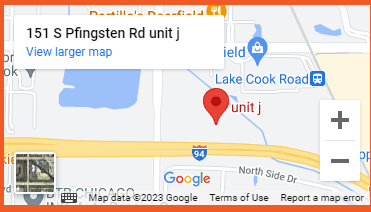Do you want to turn your backyard into an exciting soccer hub? Building a soccer field at home not only brings the game closer to you but also offers endless opportunities for fun and fitness. In this guide, we’ll take you through the essential steps and help you make important decisions to build the right soccer field in your backyard.
Grass vs. Artificial Turf
You could pick between grass and artificial turf for the ground material of your field. Both options have their pros and cons, and the choice largely depends on your preferences, budget, and maintenance stamina.
Natural grass gives residential indoor soccer courts an authentic feel with a soft surface that protects players from injury in case of minor falls or crashes. The grass also enhances the aesthetic look of the field, in addition to providing some environmental benefits like oxygen production, carbon dioxide absorption, and improved air quality. The grass remains cooler than an artificial turf in hot weather, increasing the comfort level for the players. However, you must consider the high maintenance required to keep the field in good shape, like regular mowing, watering, and fertilizing the grass. Also worth noting is that due to high exposure to weather conditions, the grass can become uneven and produce annoying mud patches.
Artificial turf also has its own considerations. It requires very little maintenance commitment, as no natural materials like grass are involved. This type of material is usually durable and can withstand extreme weather conditions, providing long-term value. The turf is a smooth surface that ensures that the soccer ball rolls smoothly and in a predictable manner. However, the upfront initial installation cost for an artificial turf for a soccer field, or even a residential outdoor basketball court construction, can be higher than that of a grass field.
Quality Turfgrass Varieties
The type of grass you choose for your backyard soccer field will impact the quality of playability and its appearance. Here are the different varieties that are available:
- Kentucky Bluegrass (Poa pratensis): This type is particularly known for its lush green aesthetic look and its extra smooth and soft texture. The surface is ideal for smooth gameplay and requires frequent mowing maintenance for its qualities to remain intact. This is suitable to be grown in cool to moderate climates.
- Bermuda Grass (Cynodon dactylon): Ideal for warm and sunny climate regions, Bermuda grass offers excellent wear resistance and a vibrant green color to play on. It requires relatively less watering and maintenance.
- Perennial Ryegrass (Lolium perenne): Perennial ryegrass has a dark green color and a fine texture. It requires regular maintenance and is suitable for growth in cool and temperate regions with moderate climates.
- Tall Fescue (Festuca arundinacea): This type of grass is known for its hard and coarse surface texture. It requires very little maintenance and can tolerate nominal amounts of shade, making it suitable for residential outdoor soccer courts pitches in cool and transitional climate zones.
Drainage Solutions
Effective drainage ensures your field stays safe from water-logging, which can make the field unplayable or even damage the ground in case of a turf. Here are some strategies that you can adopt to ensure effective drainage for your field:
- The best way is to assess the drainage pattern of your backyard. Recognize the low-lying regions or areas where water can accumulate after rainfall. Make sure that your field has a natural slope of about 1-2% to support natural water runoff. This is enough to make water flow away from the area while ensuring the ball rolls correctly on the surface.
- The use of perforated drainage pipes can allow water to be deposited away from the field in designated areas.
- Make use of French drains. These are trenches filled with gravel or drainage rock and a perforated pipe that collects and redirects water. If your field is prone to standing water, consider installing French drains along the perimeter or in other problematic areas.
- Some areas require complex drainage solutions. When dealing with such areas, it is always recommended to consult professionals for an effective drainage plan.
- To deal with sudden downpours and minor flooding, use portable pitch drains to help drainage.
Soccer Goal Installation
Once you have other material and landscape figured out, here’s how to correctly go about installing soccer goals:
- Choose the right goals. Consider factors like the size of your field and its intended use. Regular goals are 24 feet wide and 8 feet tall, but you can opt for smaller sizes if space is limited. Choosing the right material (aluminum or steel) for the goal can depend on the climate and intended use.
- Some goals are portable, while others can be safely anchored into the ground. Make the right choice that is suited to your needs. For permanent goals, you will need to dig holes to fix the goals in them. In the case of portable soccer goals, follow the instructions given by the field installers.
- Measure the area precisely and attach the goalposts in the correct positions.
- Take care when attaching the nets for your goals. Make sure that they are taut and securely attached to prevent them from sagging or being loose during playtime.
- You can maximize the safety of your field by placing bumpers and paddings on the goalposts.
- Clean the goalposts and nets regularly to remove any dirt or moisture. Inspect the anchors and hardware for signs of rust or wear and replace them as needed to maintain the goals’ stability.
Conclusion
Building your own backyard soccer field can be a rewarding project that brings enjoyment, fitness, and unforgettable memories. By following the steps outlined in this guide, you’re well on your way to creating a safe and high-quality soccer playing area right in your own backyard. Contact a professional sports field installer to learn more about how to build a soccer field and the right materials for your backyard.

Nate Parsons is the owner of Home Court Advantage, a leading manufacturer and supplier of premium residential and commercial athletic courts based in Northern Illinois. With a strong background in therapeutic recreation and business from York College, Nate has excelled in the sports industry, from college tennis to national rankings in platform tennis. He has served as the Director of Racquet Sports at Glen View Club, President of the Professional Platform Tennis Association, and as a teaching professional in tennis, pickleball, and platform tennis. Nate is also the founder of Pickleball AI, a platform for tracking players and points, and Club Dink, a pickleball brand that brings fun to the game.











